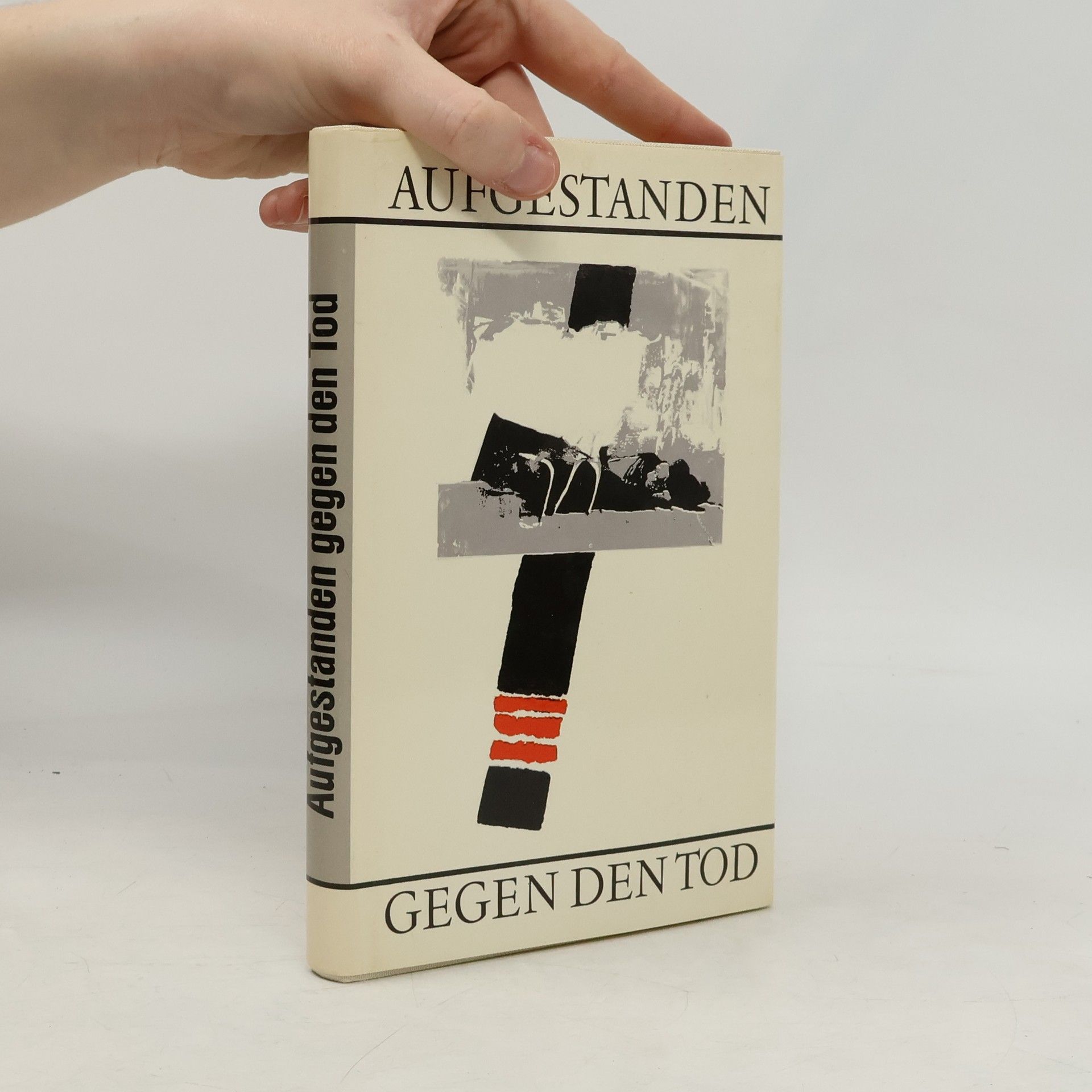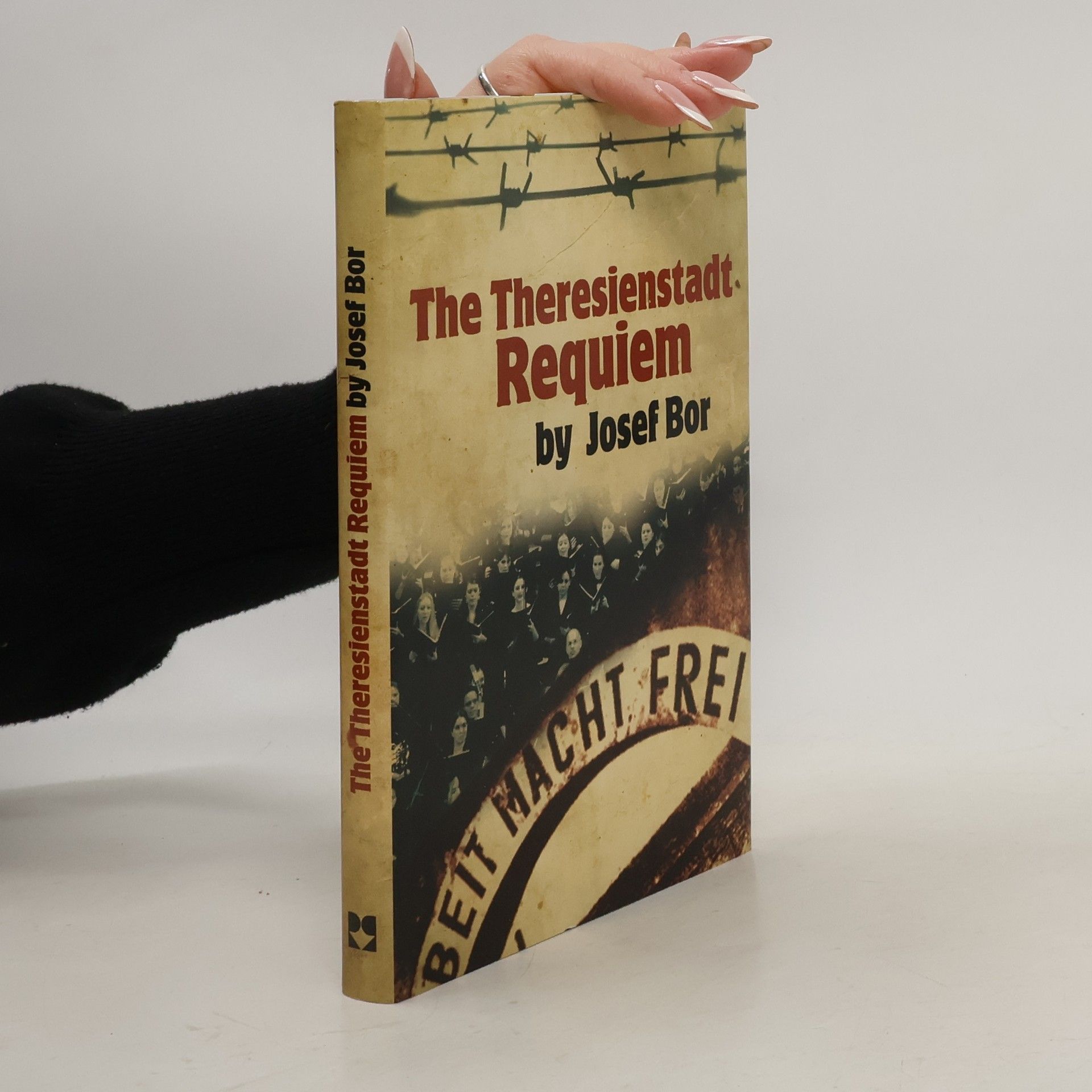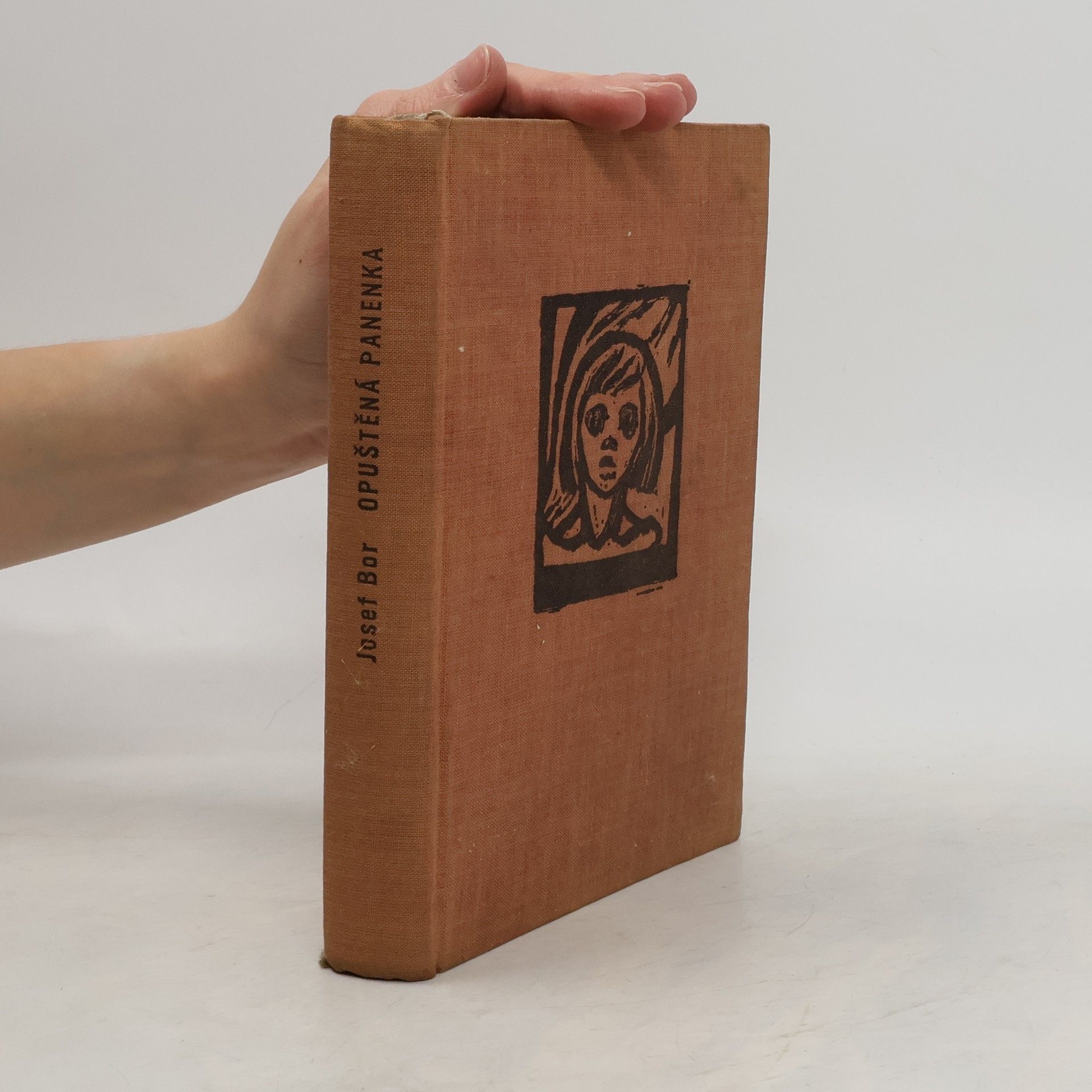Novela vypráví neuvěřitelnou a přece hluboce pravdivou historii nastudování a provedení Verdiho Rekviem dirigentem Raf. Schächtrem a vězni v koncentračním táboře Terezín-ghetto.
Joseph Bor Knihy
Josef Bor, ktorého rodina bola v roku 1942 deportovaná do Terezína, patril k tým, ktorí zažili hrôzy koncentračných táborov. Napriek tomu, že stratil takmer všetko, dokázal sa z tragédie vymaniť a po roku 1948 sa začal venovať písaniu. Jeho diela, najmä autobiografický román a „Terezínsky requiem“, sú oceňované pre svoj jasný, emocionálny a faktický opis vojnových hrôz. Jeho písanie sprostredkuje čitateľom hlboký ľudský zážitok s mimoriadnou naliehavosťou.






Přijdete-li do Osvětimi, spatříte velkou hromadu opuštěných panenek. Každá z nich je mlčícím svědkem osudu jedné rodiny. Někde hluboko uprostřed, kam oko nedohlédne, leží i panenka malé Haničky... Kniha je dokumentem o otřesných životních podmínkách panujících v koncentračním táboře Osvětim. Je psána pravdivě a přesto lidsky a citlivě, vybírá to nejpodstatnější co se týká charakteru doby. Kniha není pouhým dokumentem, ale vychází z nejhlubší podstaty příčin a následků.
The Theresienstadt Requiem
- 111 stránok
- 4 hodiny čítania
The summer of 1944 was turbulent. Panic-stricken German armies were retreating in disarray on all fronts. German towns and cities were reduced to heaps of bizarre ruins. And Hitler, piqued into unconcealed frenzy by the attempt on his life, sowed death in the ranks of the Wehrmacht. The Nazi Reich was shaken to its very foundations. None of this caused Eichmann to waver in his plans. In Central Europe his tactics for the “Final Solution of the Jewish Question” remained unaltered. And the main item of deception in his plans of window-dressing was to be the huge “Theresienstadt Ghetto” transit camp in Bohemia, hitherto a place of misery, hunger and death, which was repainted in the brief space of a few weeks and decked out as a gigantic, astounding film set, to fool the international Red Cross and to amuse the SS-top brass. In accordance with Eichmann’s screenplay, live people formed part of that film set. In the final act of parody and deception, the prisoners were to perform the monumental oratorium, theVerdi´s Requiem. And they were taken in by it, and began to hope and to live. Josef Bor’s dramatic narrative of preparations and rehearsals for the performance of Verdi’s Requiem by Jewish prisoners is a remarkable literary achievement. It has all the raw elements of non fiction told by an observant witness, but when transcended by art, the true story becomes a heart-rending psychological drama.
Im Lager Theresienstadt, 1944: Der Dirigent Rafael Schächter schafft es trotz zahlreicher Widerstände und Opfer mit einem Chor aus jüdischen Mithäftlingen Verdis ›Messa da Requiem‹ aufzuführen. Im Publikum sitzen SS-Leute, der Lagerkommandant und Adolf Eichmann. Aus der Aufführung der mehrfach umgearbeiteten Totenmesse wird ein Aufschrei – »Dies Irae«, »Tag des Zorns«, »Libera Me«, »Freiheit für uns!«, schleudern die Sängerinnen und Sänger ihren Peinigern entgegen. Sie bewahren in der Kunst ihre Würde. Der tschechisch-jüdische Jurist und Autor Josef Bor (1906–1979) wurde 1942 nach Theresienstadt deportiert und überlebte als Einziger seiner Familie die Shoah. Seine Novelle ›Theresienstädter Requiem‹, in der er die Verdi-Aufführung seines Freundes Rafael Schächter verarbeitet, wurde nach ihrem Erscheinen 1963 schnell in insgesamt 10 Sprachen (u. a. Dänisch, Französisch, Holländisch, Italienisch, Portugiesisch und Russisch) übertragen. Die neue Übersetzung von Antonín Brousek zeigt erstmals die sprachliche Härte und Schärfe der Erzählung. Der Historiker Wolfgang Benz ordnet das Geschehen in einem Nachwort historisch ein und beleuchtet die Hintergründe.